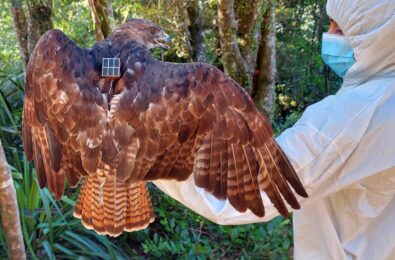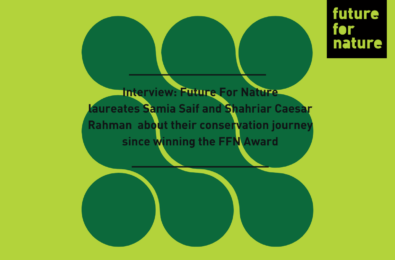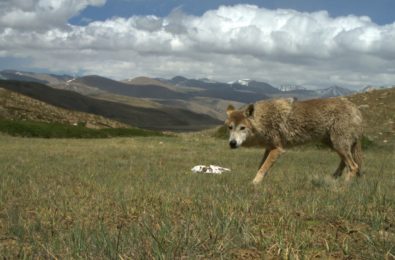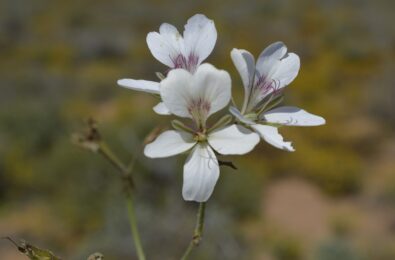Hitting the Road for Wildlife Protection
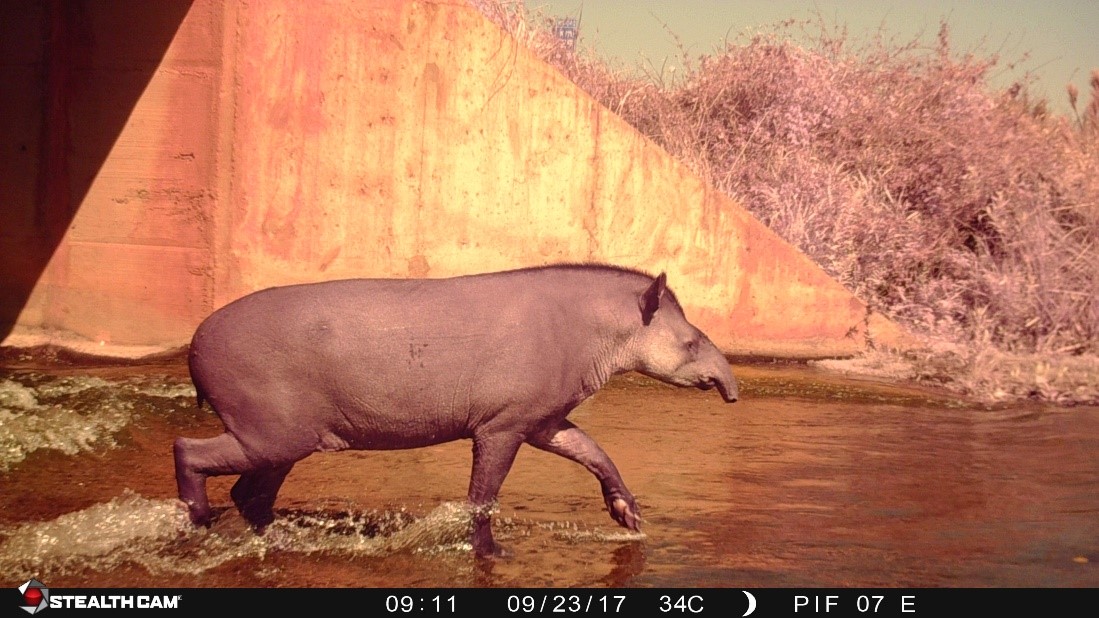
Around the globe, wildlife is severely threatened by human activities and the development of infrastructure, such as road networks. Besides the loss of habitat, road construction is leading to an increase in collisions between wildlife and vehicles. This issue is becoming more critical in the future: in 2050, an additional 25 million kilometres of road networks are expected to be constructed globally.
Fernanda Abra (FFN Winner 2019) is giving her all to reduce wildlife-vehicle collisions on road networks in Brazil. Being a road ecologist, Fernanda researches the use of underpasses by wildlife, such as tapirs, capybaras, and giant anteaters. In a recent publication, in partnership with Patrícia Medici (FFN Winner 2008), the team shows that 20 different mammal species make use of the underpasses along a specific highway (MS-040) in Mato Grosso do Sul state. Tapirs are by far the most frequent users.
Close monitoring also reveals that more than 180 tons of biomass (i.e., animal weight) used underground passages between 2017-2018. This is an important piece of data to demonstrate that wildlife passages are strategic to ensure the functional connectivity of the animals through the landscape under the highway in a safe way. However, the wildlife passages have not reduced wildlife collisions, as the fences have not yet been built on this highway.
This publication alerts the road managers to build fencing associated with underpasses in order to reduce collisions with tapirs, since this highway, MS-040 is among the most deadly highways for the species.
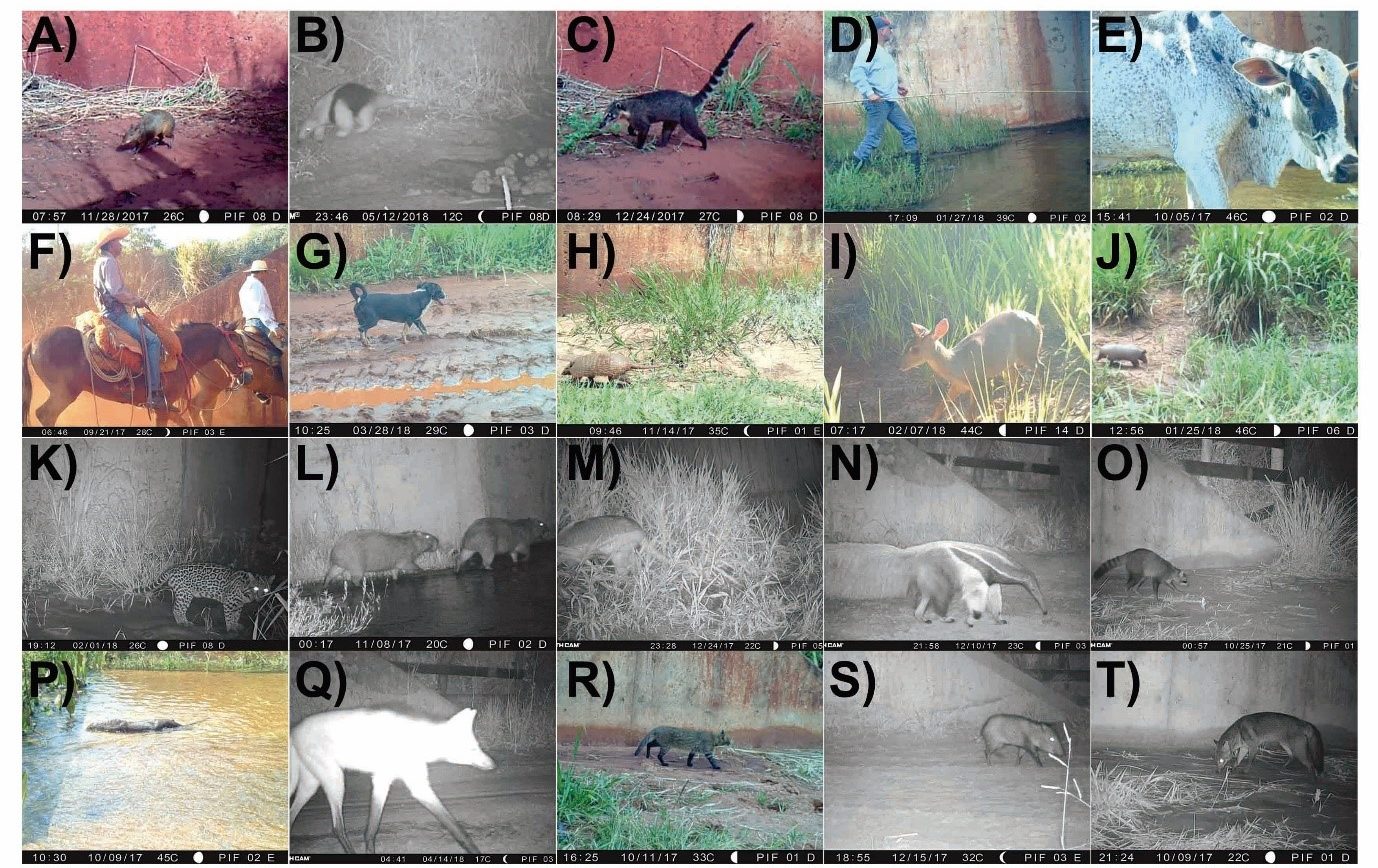
Mammal species recorded in the underpasses along Highway MS-040 in Mato Grosso do Sul State, Brazil: A. Azara’s agouti (Dasyprocta azarae), B. Southern tamandua (Tamandua tetradactyla), C. South American coati (Nasua nasua), D. Human use, E. Cattle (Bos indicus), F. Horse (Equus caballus), G. Domestic dog (Canis lupus familiaris), H. Yellow armadillo (Euphractus sexcinctus), I. Gray brocket deer (Mazama gouaboubira), J. Southern naked-tail armadillo (Cabassous unicinctus), K. Ocelot (Leopardus pardalis), L. Capybara (Hydrochoerus hydrochaeris), M. Giant armadillo (Priodontes maximus), N. Giant anteater (Myrmecophada tridactyla), O. Crab-eating racoon (Procyon cancrivorus), P. Neotropical otter (Lontra longicaudis), Q. Maned wolf (Chrysocyon brachyurus), R. Pampas cat (Leopardus braccatus), S. Collared peccary (Pecari tajacu), T. Crab-eating fox (Cerdocyon thous).







